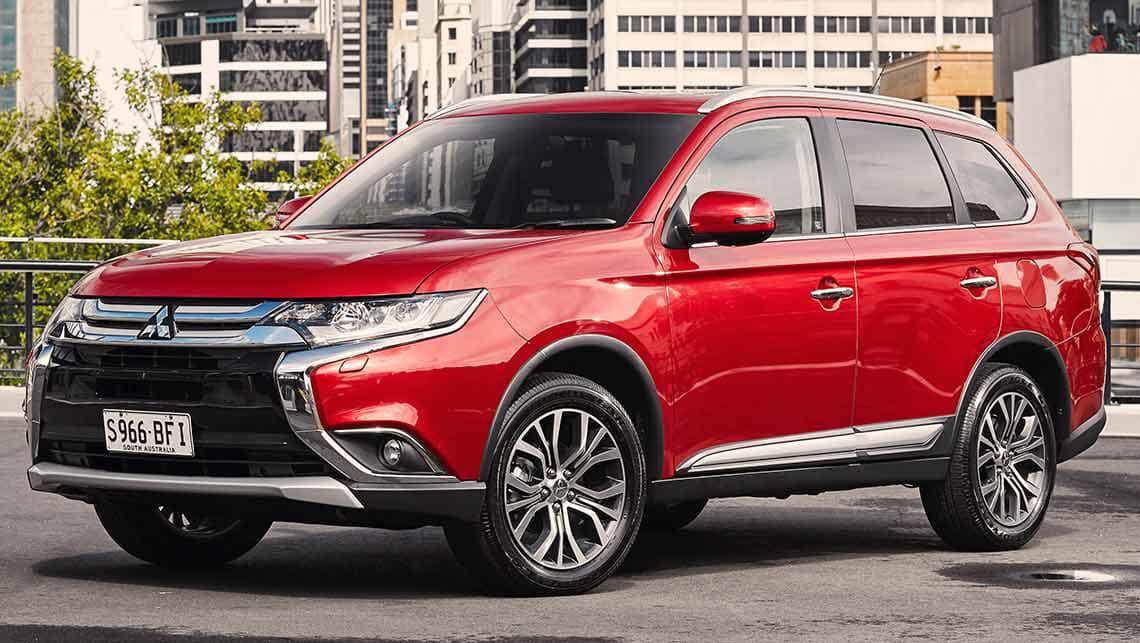Left-lane bill fires up drivers, but won’t switch much
The inwards track on Washington politics.
*Invalid email address
Get out of my lane! Traffic flows over the American Legion Bridge along the Capital Beltway inbetween Virginia and Maryland. (Chip Somodevilla/Getty Pictures)
A bill passed by the Virginia General Assembly confused at least one driver, who put the issue this way during my online talk Monday:
Q. Left lane in Virginia: “I just read a list of laws passed by Virginia this year, and they include an increase in the penalty for driving in the left lane unless you are passing! I had no idea this was a Virginia law at all, as our roads are so utter we need all lanes, and normally there is no distinction in using each lane. Does this apply to all roads? Including the Beltway and I-95? Please let us know what’s up and don’t just joke about this one.”
DG: Would I joke? We’re talking about House Bill 2201, the brainchild of Del. Israel D. O’Quinn, a Republican from Bristol, along Interstate eighty one in the southwest part of Virginia. Headlines across the commonwealth have made this bill sound like something that’s either going to please or annoy drivers. For example, there was this headline on a Capital News Service story published on the Richmond Times-Dispatch’s website:
That’s a headline writer’s fantasy, the equivalent of dangling a steak in front of a greedy dog. The travel topics that draw the most warmth in my columns often involve interactions inbetween drivers. The driver behind is a relentless tailgater. The driver ahead is impeding the flow of traffic.
But I advise against a strong reaction to this bill. It will switch nothing other than the fine for violations already covered in two sections of the Virginia Code, specifically 46.2-802 and 46.2-804.
In O’Quinn’s bill, the fine would be pegged at $250, rather than up to $250, per disturbance. Gov. Terry McAuliffe (D) has asked the General Assembly to cut the fine to $100, and the House has agreed. The Senate has yet to vote.
But how does a driver incur the commonwealth’s fury in the very first place? The sections of code include these instructions:
- On all highways of sufficient width, the driver of a vehicle shall drive on the right half of the highway.
- Where the road has been divided into clearly marked lanes, a vehicle going less than the normal speed of traffic at the time and place and under existing conditions “shall be driven in the lane nearest the right edge or right curb of the highway when such lane is available for travel except when overtaking and passing another vehicle or in prep for a left turn.”
- Stay in your lane unless you know you can securely budge out of it.
- Generally speaking, you shouldn’t travel to the left of two solid yellow lines, and you shouldn’t cross two solid white lines.
That’s pretty much it. There is an extra provision permitting highway officials to designate right lanes for slow-moving vehicles. The Virginia Department of Transportation must post signs requiring trucks to keep to the right on interstates with no more than two travel lanes in each direction where the terrain is likely to slow those vehicles to less than the posted speed limit.
If you got your driver’s license in Virginia, or in most other states for that matter, there’s nothing in these sections of code that should surprise you.
Virginians would have encountered these statements in their driver manuals regarding highway driving and passing:
- “If you are traveling slower than the traffic around you on a multi-lane highway, drive in the right-hand lane.”
- “It is against the law to exceed the speed limit as you pass.”
- “Speed Limit: This indicates the maximum legal speed that you may travel on the road where this sign is posted assuming weather conditions are favorable. During rain, snow and ice, you may receive a ticket for overdriving the conditions even if you are driving at or less than the posted speed limit.”
State police endorse all those provisions, but speeders are selective about which they would like to see enforced.
During the online talk I made these statements: “The undertone of the discussion about O’Quinn’s proposal is that somewhere in Virginia law there’s a provision telling it’s okay to speed, as long as you’re in the left lane, and that anyone who doesn’t want to speed should get out of the way.”
“From the news accounts I’ve read about what Del. O’Quinn had in mind, I think he believes that traffic congestion would be greatly eased if drivers would just get out of the way of other drivers who want to go swifter. That idea is preposterous.”
Here’s some of the reaction from commenters:
